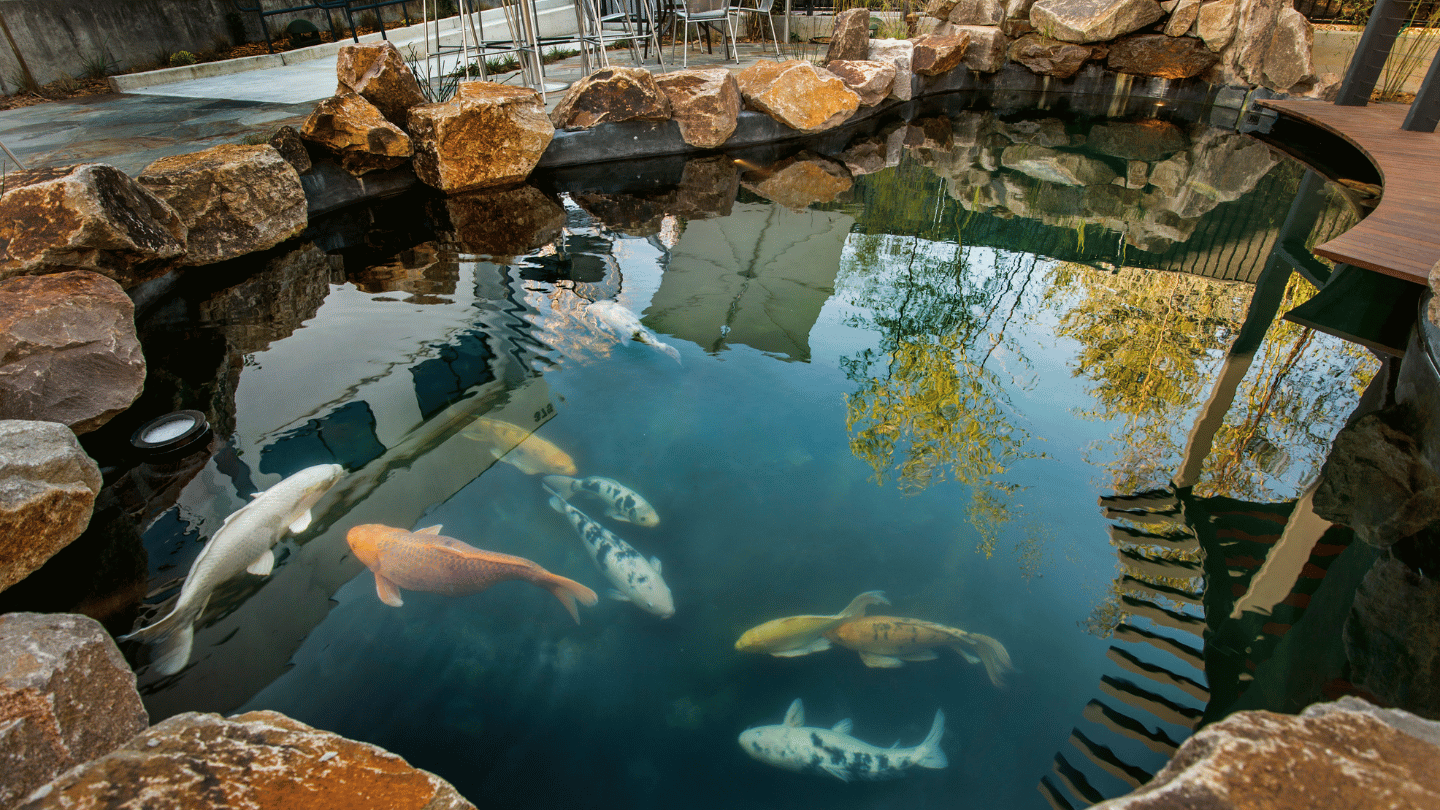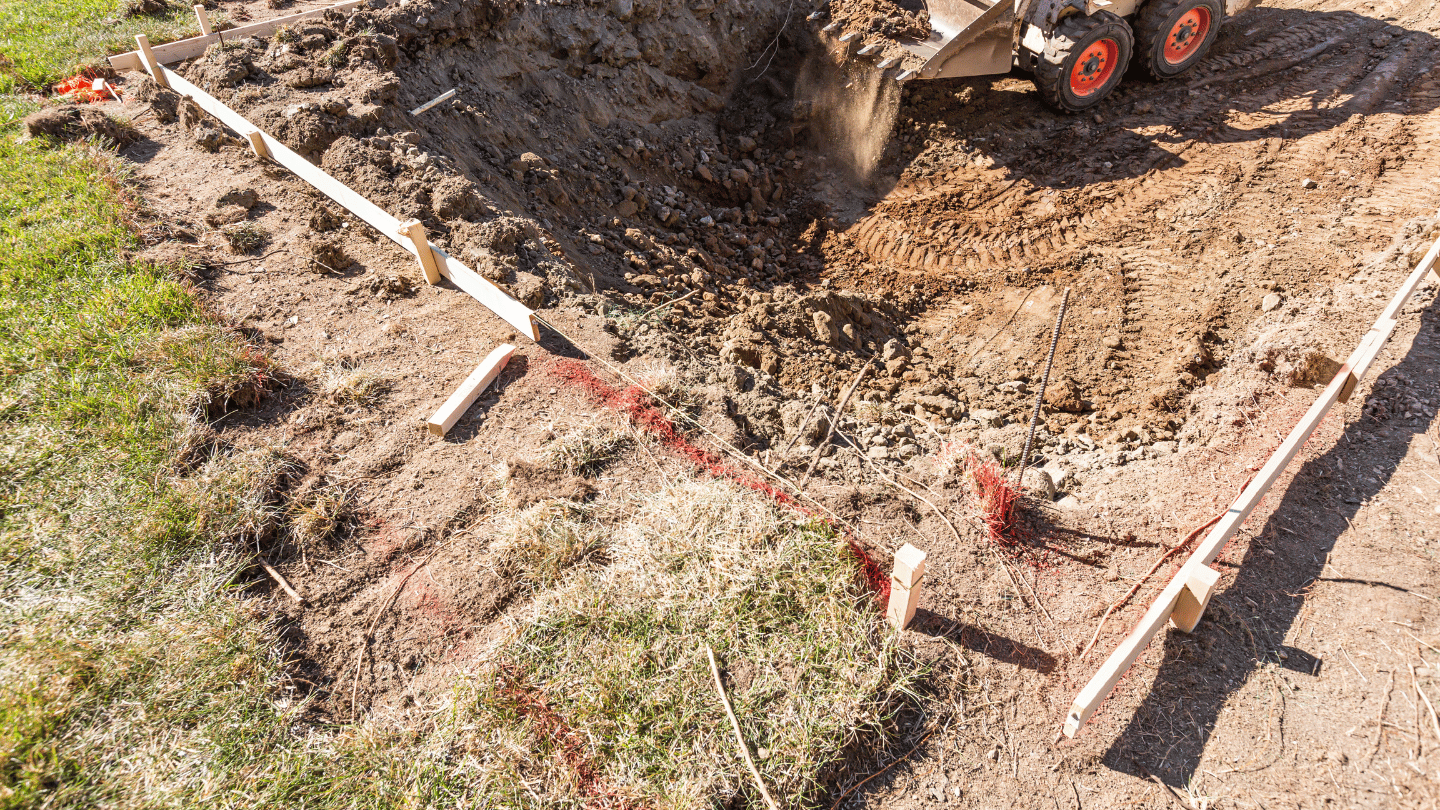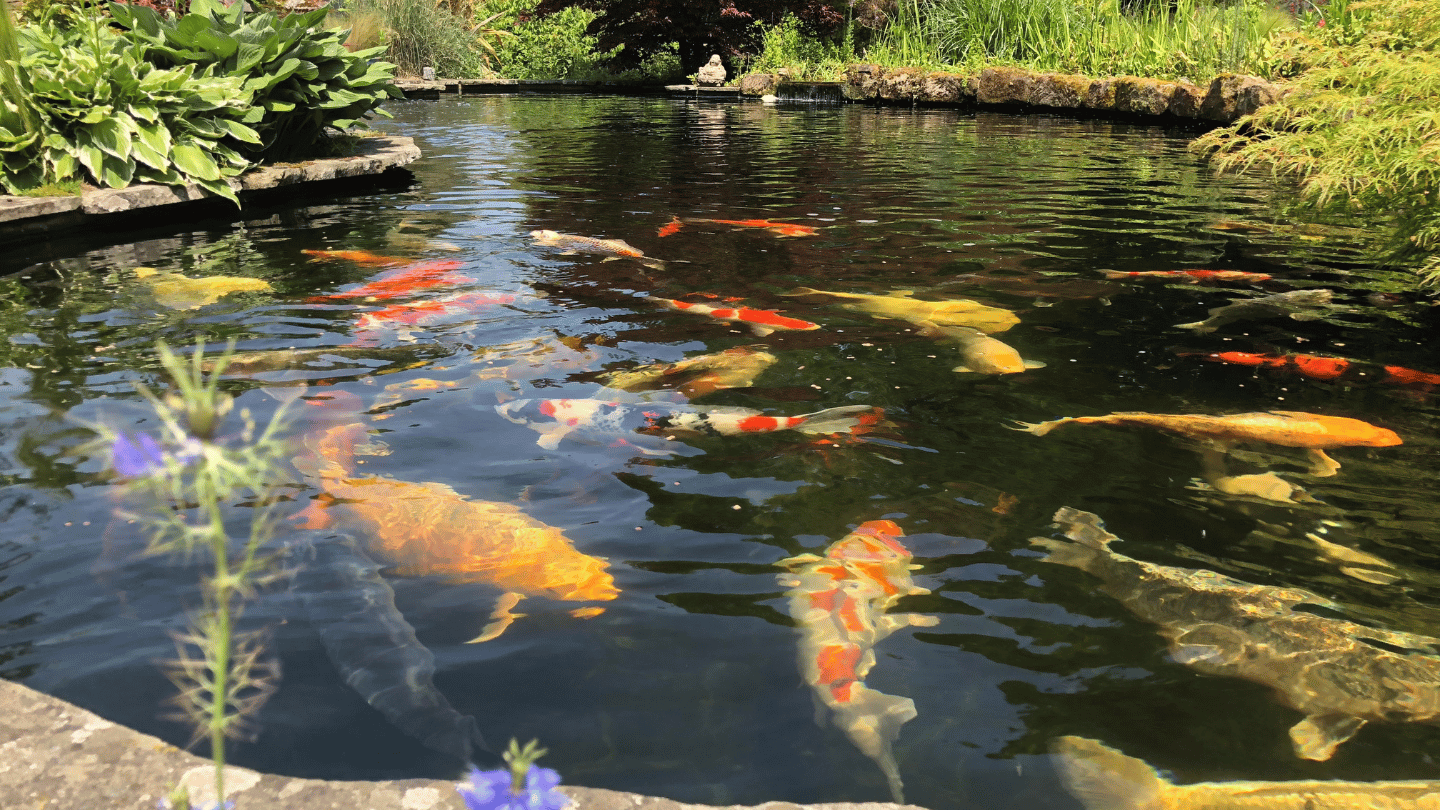Here's the thing about water garden plants in Brentwood: most people get this backwards. They build the pond first, then wander into the nearest big-box store and grab whatever has a "water plant" tag. Three months later, they're fighting algae blooms or watching expensive koi hide under invasive water hyacinth that's taken over half the pond.
Start with knowing what you need, then find the nurseries that actually stock it. Brentwood's got some solid options if you know where to look, and the benefit of sourcing locally goes way beyond supporting small businesses. These plants are already adapted to our clay soil, those brutal 100-degree July afternoons, and winters that dip just cold enough to knock back the tender stuff.
Brentwood Garden Center gets the basics right
This is your first stop for marginal plants—the ones that grow in shallow water or that permanently soggy soil at your pond's edge. We're talking cattails, Japanese iris, various rushes. They're not just there to look pretty. Marginals filter runoff before it hits your pond, give beneficial insects somewhere to hang out, and soften that harsh line where water meets land. When we design a pond, we plan for marginals along 20-30% of the perimeter. Any less and it looks unfinished. Any more and you're out there with pruners every other weekend.
The staff here actually knows their inventory. Ask about bloom times, mature height, how aggressive the roots are. You'll get real answers instead of someone reading the tag back to you.
Track down the native plant nurseries
Brentwood has a handful of specialty nurseries focusing on California natives, and they're worth the extra drive. Yerba mansa thrives in wet soil without trying to colonize your entire yard. Carex barbarae adds that fine-textured look without needing much from you beyond water. Monkey flower brings in hummingbirds and handles our heat way better than most East Coast natives that technically grow in "similar conditions."
We've watched too many clients battle high-maintenance exotics for two summers before ripping them out and going native. Drought-tolerant doesn't mean boring—it means you're working with the climate instead of against it. These plants establish faster, need less coddling, and actually look like they belong here instead of being airlifted in from a completely different ecosystem.
Don't overlook the farmer's markets either. Small growers show up with stuff you won't find anywhere else—dwarf papyrus, variegated sweet flag, locally propagated water lilies that someone's been growing in conditions exactly like yours. These vendors can tell you what their plants actually need because they've been growing them ten miles from where you'll be planting them.
Walk first, buy later
Sunset Park has native plantings worth studying if you're trying to figure out how a water feature should sit in your landscape. Notice how they layer plants—tall in back, medium in the middle, groundcovers up front. It's basic stuff, but seeing it in person makes it click in a way that staring at plant tags never does. The community demonstration gardens scattered around town show you what natives actually do over a full season, which beats guessing every time.
Balance is what keeps a water garden low-maintenance. You need submerged plants oxygenating the water, floating plants shading it and starving out algae, and those marginals filtering and finishing the look. Skip any category and you're either staring at pea soup or spending your weekends elbow-deep in maintenance. Water lilies bloom for months through summer but vanish completely in winter—that's when evergreen rushes earn their keep by holding the structure when everything else has died back.
The real test: can you ignore it?
Choose plants that don't need you hovering. Hardy perennials and natives establish in one season and come back stronger each year. If something needs weekly attention just to look decent, it doesn't belong in a Brentwood water garden. You built this thing to enjoy it, not to work for it.
We've installed ponds running 90% native plantings that look incredible and basically manage themselves after the first summer. The owners aren't out there every weekend—they're sitting on the patio watching dragonflies hunt mosquitoes while their neighbors are still fighting with whatever they impulse-bought in April.
If you're planning a pond or rethinking what's growing around your current one, we're happy to walk your property and talk through what'll actually work. Sometimes it's about choosing the right sedge. Sometimes it's realizing that lily needs six hours of sun instead of the four it's getting in that shady corner. Small shifts make a huge difference when you know what thrives here and what's just going to frustrate you.





.jpg)





.jpg)